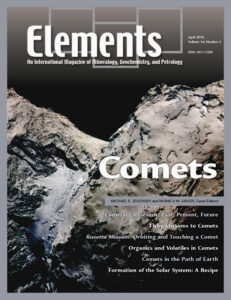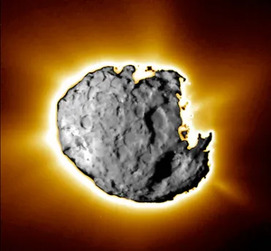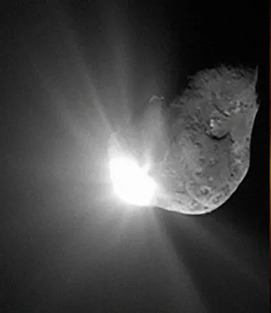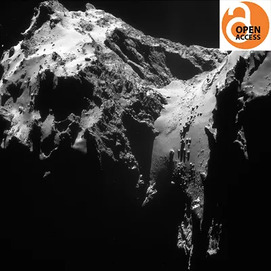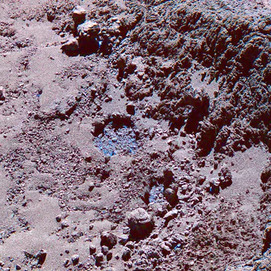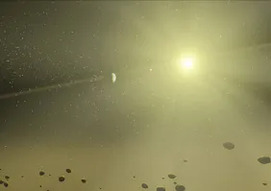Comets
Michael E. Zolensky and Monica M. Grady – Guest Editors
Table of Contents
The articles in this issue of Elements provide a fascinating account of comets and the making of our planetary system. We learn why comets are visible to the naked eye, about their complex organic geochemistry, the surprising find of free O2, and the likelihood of a comet impact on Earth. Articles present concise reviews of what has been learned regarding the mineralogy, geochemistry, and geology of comets from the Giotto, Vega, Stardust, Stardust NEXT, Deep Impact, and Rosetta missions to comets Halley, Wild 2, Borrelly, Tempel 1, and Churyumov–Gerasimenko. Processes that force comets to interact with other Solar System bodies are also discussed.
Analab
CAMECA
Coherent, Inc.
Excalibur Mineral Corporation
Gemological Institute of America
International Centre for Diffraction Data
International Mineralogical Association
IsotopX
ProtoXRD
RFG2018 Conference
Savillex
Volume 14, Number 3 (June) • Terroir — Science Related to Grape and Wine Quality
GUEST EDITOR: Larry Meinert (USGS Washington DC, USA)
This special issue will explore the physical environment that shapes the character and quality of wine, ranging from geology and soils to viticulture and climate. It will also discuss some of the technological advances such as drones, remote sensing, and precision agriculture, that are revolutionizing the production of fine wine. The French have a word for all aspects of the wine environment, terroir, and this special issue of Elements will explain to a general audience the modern understanding of terroir. It is common, although usually incorrect, to point to a single factor as the explanation: “It’s the soil.” “It’s the water.” “It’s the limestone.” Terroir is the integration of all individual factors that contribute to wine quality, and this is appropriately summarized by the phrase “in vino veritas”.
- Introduction, Overview, and the Geology of Terroir
Larry Meinert (USGS Washington DC, USA) - The Scale-Dependence of Wine and Terroir: Examples from Coastal California and the Napa Valley
Dave Howell (USA) and Jonathan Swinchatt (USA) - The Climate Component of Terroir
Gregory V. Jones (Southern Oregon University, USA) - Major Soil-Related Factors in Terroir
Expression and Vineyard Siting
Kees Van Leeuwen (Bordeaux Sciences Agro, France) - Remote Sensing Applications in Viticulture
Andrew Hall (Charles Sturt University,
Australia) - Environmental and Viticultural Effects on Grape Composition and Wine Sensory Properties
Stefanos Koundouras (Aristotle University of Thessaloniki, Greece)
- Luminescence Dating: Reconstructing Earth’s Recent History (February 2018)
- Comets (April 2018)
- Terroir: Science Related to Grape and Wine Quality (June 2018)
- Central Andes: Mountains, Magmas and Ore Deposits (August 2018)
- Deep Ocean Mineral Deposits (October 2018)
- Marine Biogeochemistry of Trace Elements and Their Isotopes (December 2018)



